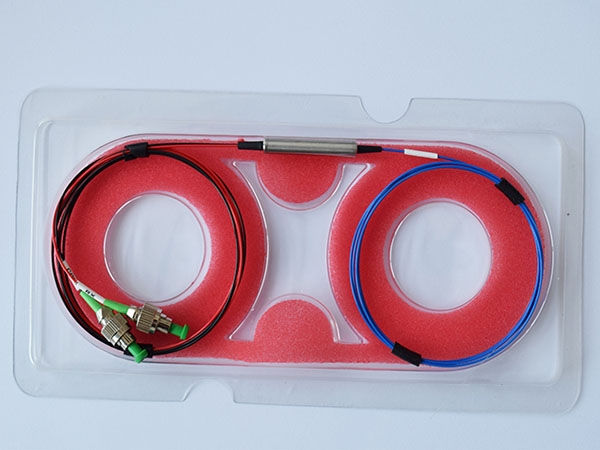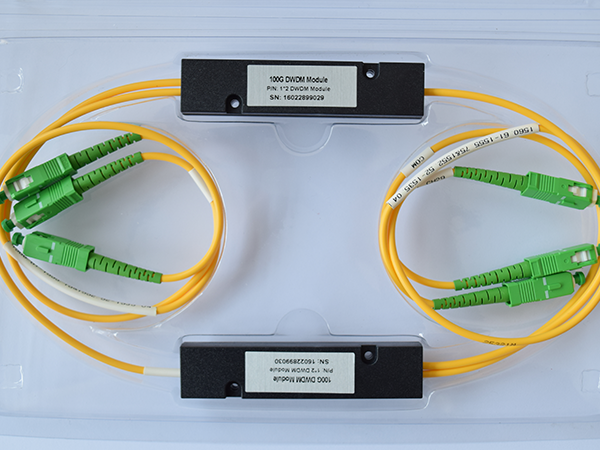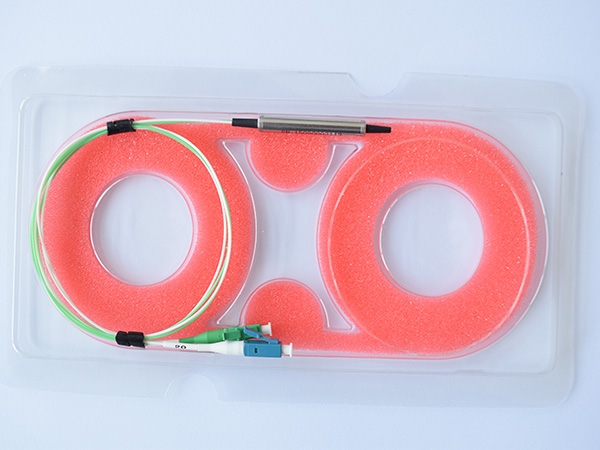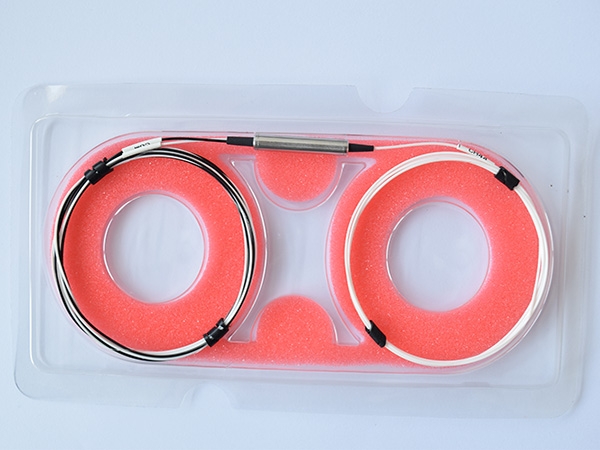WDM wavelength division multiplexing refers to that a single optical fiber carries multiple wavelength (channel) systems, and one optical fiber is converted into a plurality of "virtual" fibers. Each virtual fiber independently operates at different wavelengths. Due to the technical economy and effectiveness of WDM systems, it has become the most widely used optical wave multiplexing technology in optical fiber communication networks. The WDM usually has three multiplexing methods, namely 1310nm and 1550nm wavelength wavelength division multiplexing, coarse wavelength division multiplexing (CWDM) and dense wavelength division multiplexing (DWDM).
(1) Wavelength division multiplexing at wavelengths of 1310nm and 1550nm The In the early 1970s there were only two wavelengths: a wavelength of 1310 nm window, a wavelength of 1550 nm window, and single-fiber dual-window transmission using WDM technology. This is the original use of wavelength division multiplexing. The
(2) Dense Wavelength Division Multiplexing (DWDM) The Simply put, DWDM technology refers to the WDM technology with a small interval between adjacent wavelengths. The working wavelength lies in the 1550 nm window. It can carry 8 to 160 wavelengths on one fiber. Mainly used in long distance transmission systems.
(3) Coarse wavelength division multiplexing (CWDM) The The CWDM technology refers to the WDM technology with large interval between adjacent wavelengths. The spacing between adjacent channels is generally greater than or equal to 20nm, and the number of wavelengths is generally 4 waves or 8 waves, with a maximum of 18 waves. CWDM uses a 1200 nm to 1700 nm window. The CWDM uses non-refrigerated lasers and no-optical amplifiers, and its cost is lower than that of DWDM. The disadvantages are small capacity and short transmission distance. Therefore, CWDM technology is suitable for short-distance, high-bandwidth, access point-intensive communication applications, such as network communications within a building or between buildings.






 扫一扫
扫一扫